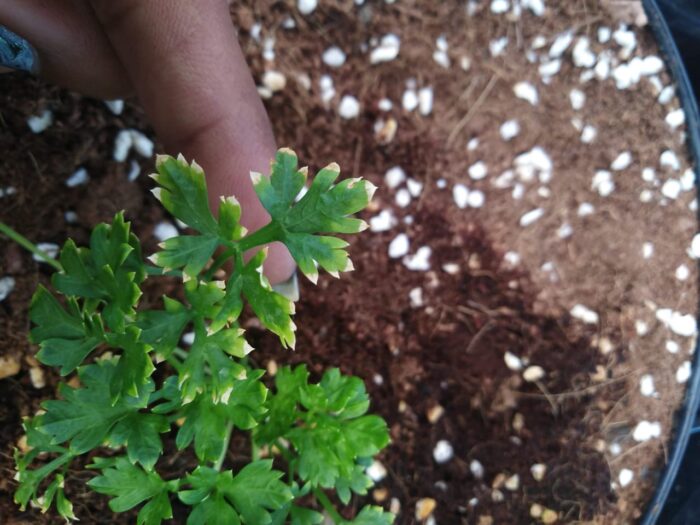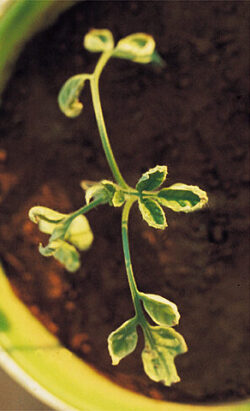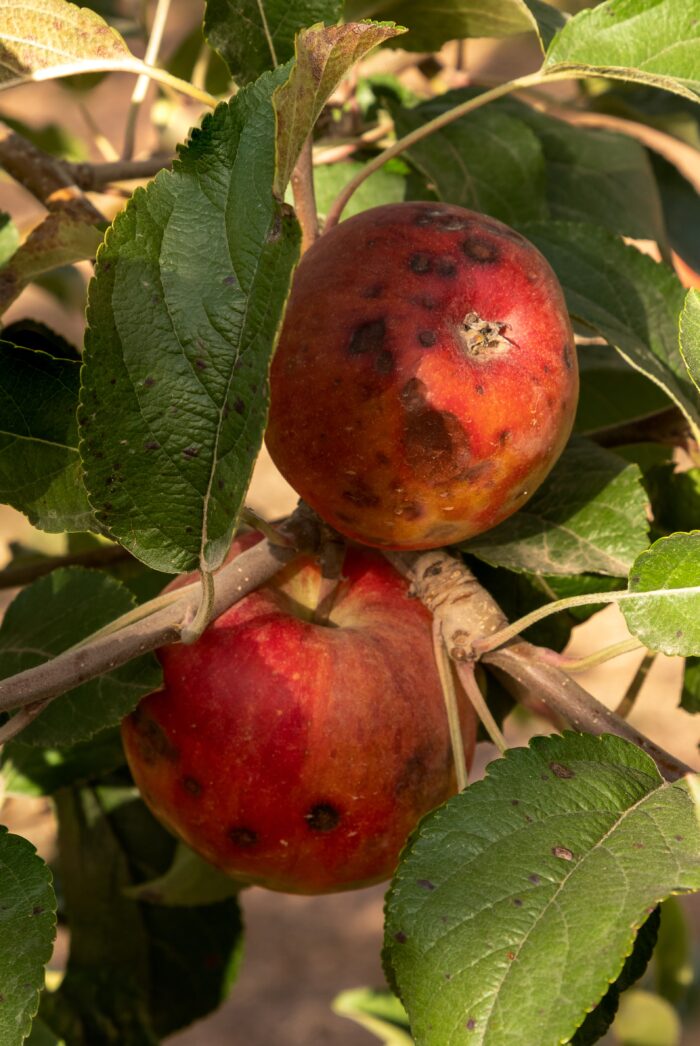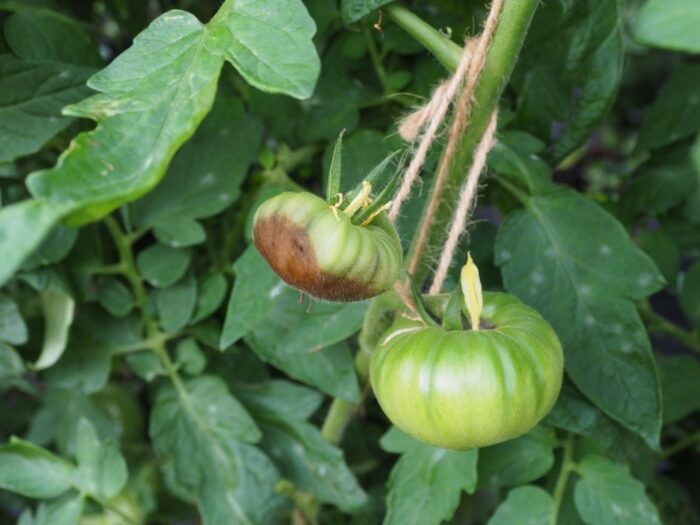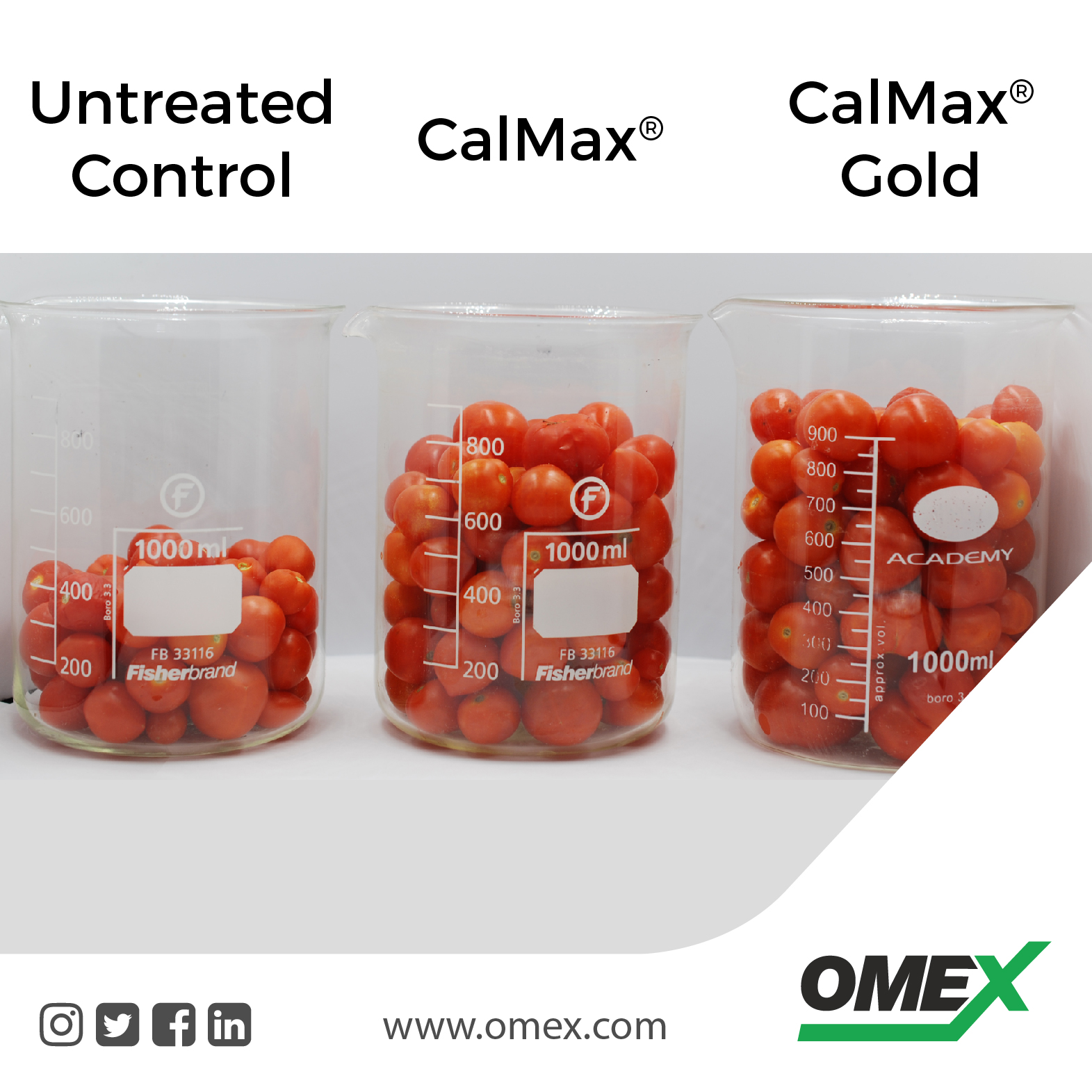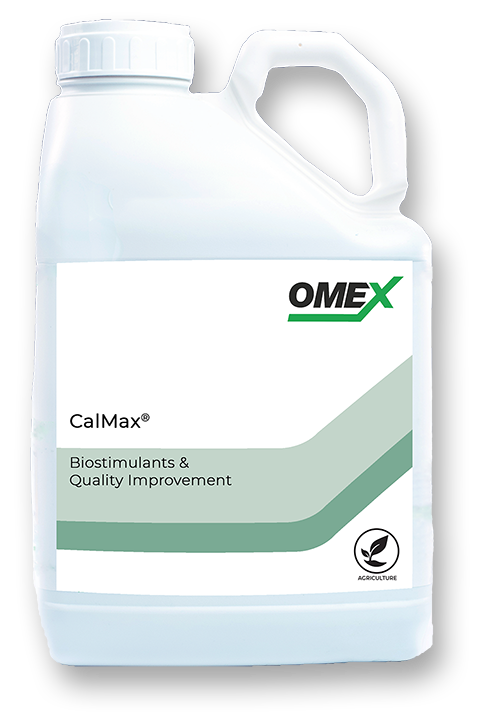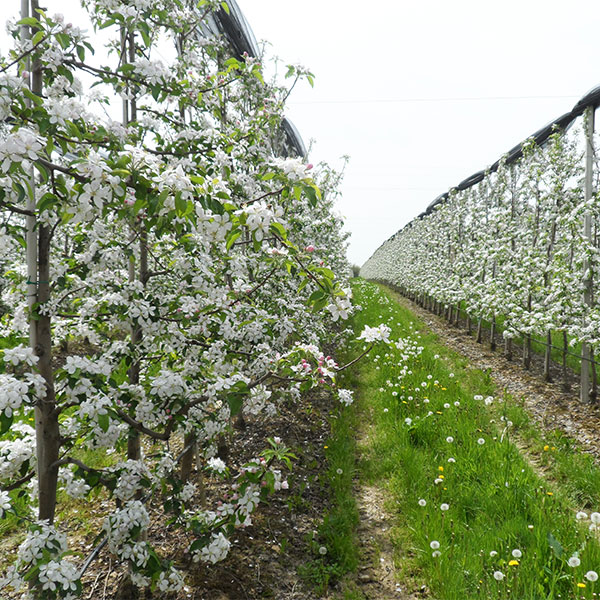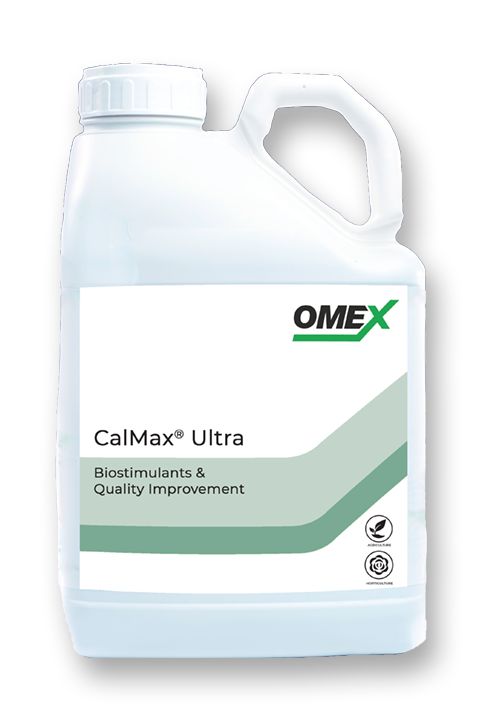Calcium nutrient deficiency in plants
Form
Taken up as ionic Ca2+ Calcium is essential for cell division and development of the active root and shoot tips. Calcium plays a central role in plant structure both above and below ground.
Function
Calcium is vital for activating enzymes that promote growth and stimulate immune system responses. In addition, Calcium acts as a binding agent that is essential to the structure of stems, roots and fruits. Calcium nutrient deficiency results in low vigour, slow development of shoot and root, reduced nutrient recovery and increased biotic stress.
Symptoms
Calcium nutrient deficiency affects rapidly expanding tissue such as new leaves, roots and developing fruit. Meristems fail to expand and growing points become necrotic. Leaf scorch, tip burn and blossom end rot are classic symptoms of low Calcium status, all of which are worse during conditions that promote rapid growth.
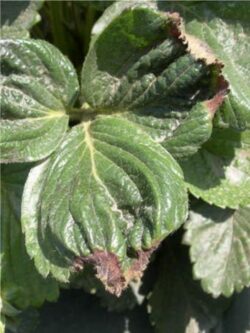
Calcium deficiency in strawberries ‘tip burn’, which appears as browning and crinkling at the edge of young leaves
Significance
As mobility within the plant is very low, Calcium demand can readily exceed supply, creating stress can restrict leaf, root and fruit development. As Calcium is only taken up by a very small fraction of new roots, anything that restricts root development will affect Calcium uptake.
Actions
Check soil Calcium status and correct if necessary. Maintain plant Phosphorous and Zinc level to optimise root development and Calcium uptake. Foliar feed with Calcium during periods of heat or moisture stress.
The importance of calcium in fruit and vegetables
- Calcium is one of the main constitutes of cell walls in plants. When it is in short supply, the structure of the cells weaken, resulting in various disorders
- Calcium is instrumental in protecting the plant from toxins and slows down the aging process.
- Deficiency symptoms can occur even when there are adequate levels present in the soil.
- Calcium is not very mobile in the plant and during periods of rapid growth or stress, the supply of this element to low transpiring organs like fruit or young leaves can be impacted.
- Stress periods are often attributable to hot, dry weather, drying winds or high humidity.
- Excessive use of nitrogen or potassium fertilisers can inhibit calcium uptake from the soil.
- There is evidence to show that calcium plays a major role in protecting plants against fungal attack by helping to provide a physical barrier.
- Calcium is essential for cell division and development of the active root and shoot tips. Calcium plays a central role in plant structure both above and below ground
- Calcium acts as a binding agent that is essential to the structure of stems, roots and fruits.
- Calcium is vital for activating enzymes that promote growth and stimulate immune system responses.
- Adequate levels of calcium are essential in fruit and vegetables, which are to be transported and displayed for sale.
- Low Calcium status affects rapidly expanding tissue such as new leaves, roots and developing fruit. Meristems fail to expand and growing points become necrotic.
- Leaf scorch, tip burn and blossom end rot are classic symptoms of low calcium status, all of which are worse during conditions that promote rapidgrowth.
- As mobility within the plant is very low, calcium demand can readily exceed supply, creating stress can restrict leaf, root and fruit development. As calcium is only taken up by a very small fraction of new roots, anything that restricts root development will affect calcium uptake.
Specific calcium disorders by crop
Calcium is one of the main constitutes of cell walls in plants. When it is in short supply, the structure of the cells weaken, resulting in various disorders.
Calcium nutrient deficiency in strawberries & other berries
A common form of calcium deficiency in strawberries is ‘tip burn’, which appears as browning and crinkling at the edge of young leaves. Severe deficiency will cause death of the growing point, stunted roots and brown lesions on leaf stalks. It is well documented that the calcium level in fruit drops as maturity is reached. Calcium is an important constituent in cell walls and needs to be in sufficient supply to ensure the fruit is firm enough to give optimum storage life. This is particularly important for fruit which are destined for export markets.
Disorders in pears include:
- Cork Spot
- Superficial Scald
These problems often occur during periods of new growth or in hot, dry periods when the movement of calcium to the fruit is insufficient despite adequate soil supply. It is important that calcium levels are maintained for maximum output and profit margin achievement.
Calcium deficiency in apples is the major cause of numerous problems, disorders include:
- Watercore
- Lenticel Blotch Pit
- Bitter Pit
- Physiological Breakdown
- Low calcium levels can also lead to breakdown in the store and make fruit unfit for long-term cold storage
Calcium nutrient deficiency in lettuce, endive, brassicas, celery & chicory
- Low calcium status can result in leaf cupping, tip burn, collapse of root tips and stems, and the blackening of young leaves.
- These symptoms can affect 100% of the crop in the case of lettuce which is very susceptible.
- Internal Browning in brussels sprouts and Blackheart in celery and chicory due to localised calcium deficiency, can lead to rejection of the crop by processors.
- Calcium is key to the maintenance of plant firmness which is essential in transport and long shelf life.
- Research with lettuce has indicated that the higher the level of calcium in the leaf, the greater the plants’ resistance of Botrytis cinerea
Calcium nutrient deficiency in potatoes
Calcium is important in helping to reduce mechanical damage associated with lifting and storing potatoes. It is essential for strengthening cell walls and membranes, activates enzyme systems and stimulates the plants natural resistance to disease.
Calcium deficiency in potatoes can lead to:
- Weakening of cell walls often leading to breakdown in store
- Increased susceptibility to blight and other fungal diseases
- Increased incidence of Internal Rust Spot and Hollow Heart
Disorders in Stone Fruit include:
- Skin cracking or splitting at fruit maturity can be a major cause of crop loss.
- High rainfall, rapid growth and low calcium status all contribute to this problem
Calcium nutrient deficiency in grapes
Stem necrosis is a physiological condition associated with a low calcium and magnesium status. Dead tissue caused by this disorder often becomes infected with Botrytis cinerea, which may then spread to healthy berries. Stem necrosis is especially prominent in table grapes.
In tomatoes, peppers, cucumbers and melons low calcium status results in:
-
-
- Leaf cupping in seedlings
- Stunting due to reduced tip growth
- Death of root tips
- Blossom end rot
-
Blossom end rot is a major cause of loss of marketable produce and can have a direct impact on profitability. It is caused by calcium deficiency in the tissue around the blossom end of the fruit. It occurs normally under conditions of water stress or during periods of rapid growth, when calcium transport to low transpiring fruit organs can be impaired. Calcium deficiency does most damage early in the development stage.
Calcium nutrient deficiency in other crops
Cotton: Square shedding
Citrus: Premature fruit abortion
Walnuts, Pistachios and Almonds: Dropping of immature nuts
Kiwi Fruit: Blossom end rot
Avocados: Pulp Spot
Onions & Garlic: Young leaf die back
Peas, French Beans, Runner Beans & Soya Beans: Tissue collapse
Ornamentals: Marginal bract necrosis in poinsettia’s, cutting establishment in African Violets, node splitting in Carnations
If you require any further information about deficiency problems or any of our products please get in touch ????

